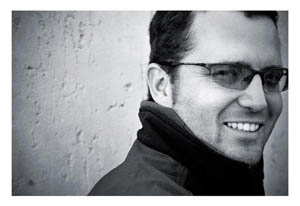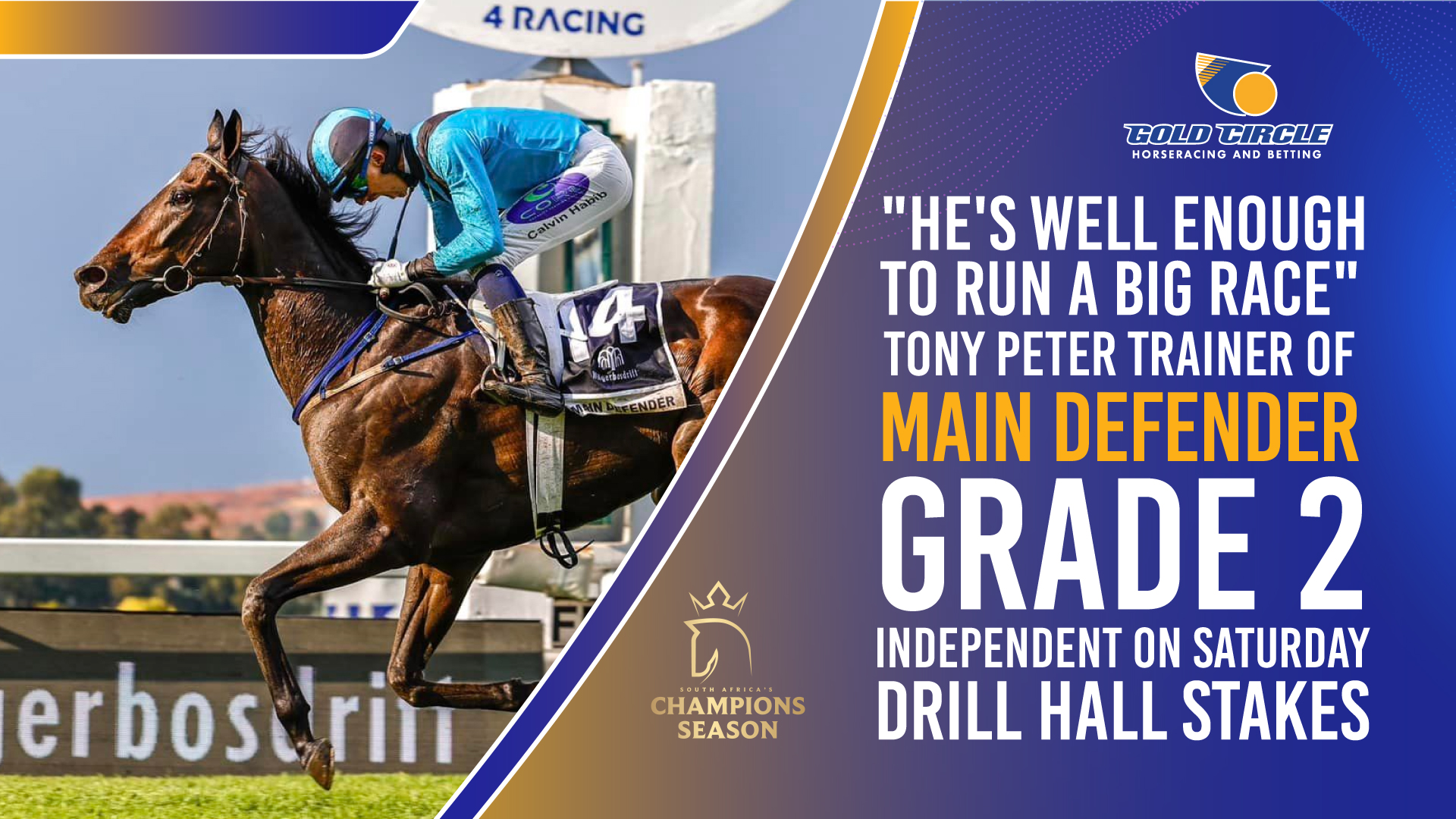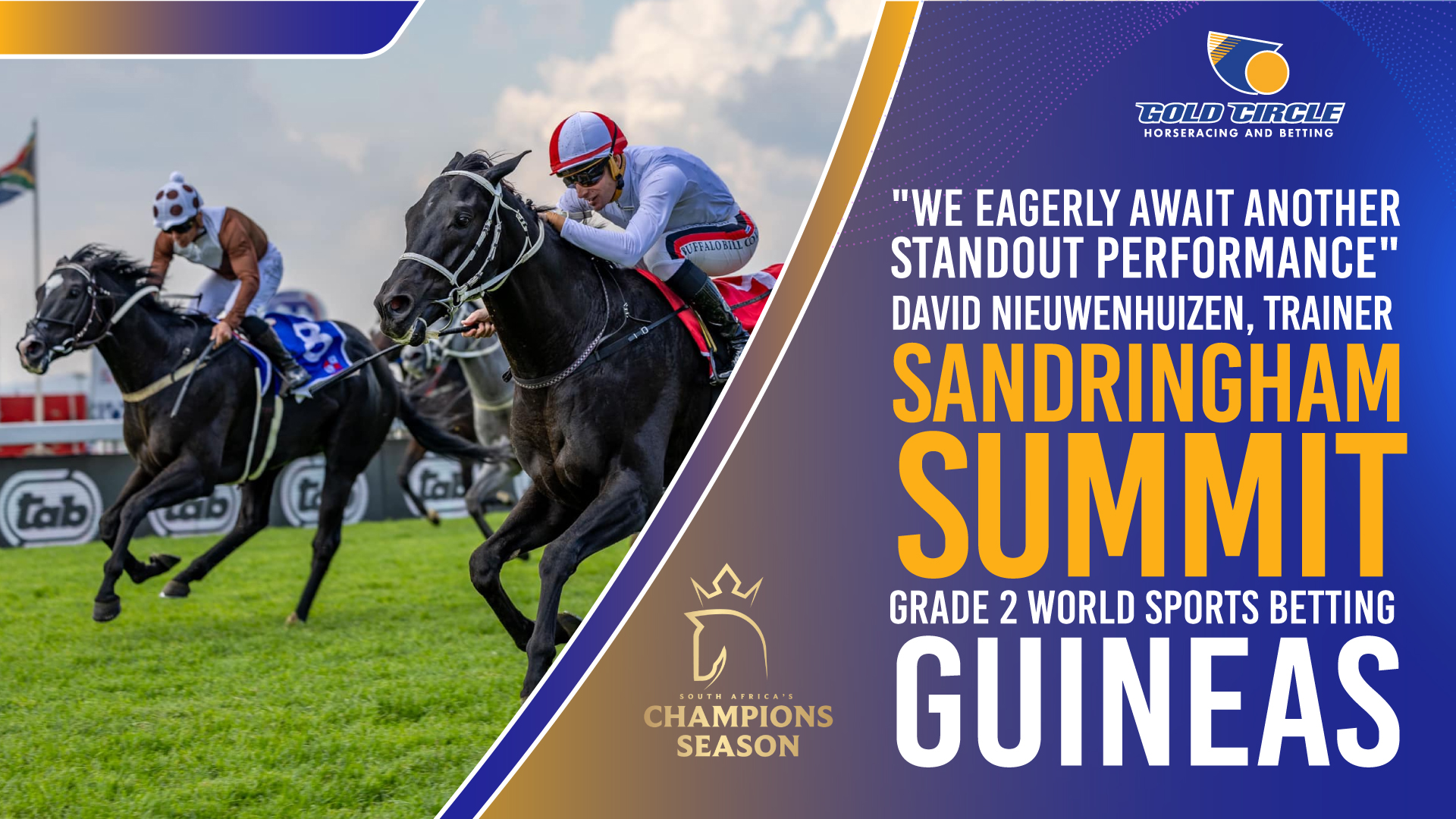There must be some sweet pastured place
Where creeks sing on and tall trees grow
Some paradise where horses go,
For by the love that guides my pen
I know great horses live again.
~Stanley Harrison
I first met Aidan Lithgow at Cape Town’s CTICC for the 2011 inaugural Cape Premier Yearling sale. Those of you who were there may remember his fantastic video montages which were used to open and close off the event. He mentioned his project, Legends of the Turf which documented some of South Africa’s racing greats and we spent an entertaining few hours sifting through footage and fascinating archive material on his computer. Before the hammer fell on the last lot, we’d become firm friends. He gifted me a working copy of his work in progress and I tucked it in my bag and promised to have a look and let him know what I thought.
I didn’t realise what I had in my possession until after the hype and excitement of the sales had passed and I finally found some time to slide the DVD into my computer. It was the most fascinating collection of stories of some of South Africa’s greatest racehorses – Politician, Mazarin, Colorado King, Yataghan, Hawaii, William Penn, Gatecrasher and Aidan’s pet project – Sea Cottage. The great and good that lit up the turf of yesteryear had been painstakingly brought back to life with wonderful photographs, ancient archive newsreel footage and interviews with trainers, jockeys and owners. It was a phenomenal piece of work.
When I ask what prompted him to embark on such an ambitious project, Aidan confessed that some of his earliest memories were of his grandfather, second generation race horse trainer Les Rathbone, regaling him with bedtime stories of some of South Africa’s racing legends. Mum Elaine Rathbone was also a trainer and his dad is popular Tellytrack commentator Jimmy Lithgow. Aidan chuckles ruefully and says that with those genes, there was never really much chance that he could avoid being involved with the industry in some way!
Horse fan
The idea of a documentary series was born from a Tellytrack show Aidan worked on called You Be The Judge. It was a talk show comprising a team of panellists who would debate topical issues of the day. Because some of the issues were contentious, the show came in for a certain amount of criticism, so in an attempt to showcase more positive aspects of racing, they put together a programme comparing some of South Africa’s great racehorses. The programme received a flood of positive feedback and Aidan came up with the idea of producing a set of racing documentaries of great horses, both as a tribute to the past as well as a marketing tool for the future.
He explains – “I come from a racing and riding background. My passion is for the horse, the excitement of ownership and the thrill of going racing. Back then exporting horses was almost unheard of so our good horses stayed right here and you would get to know and follow your favourites. In a big race like the July you would have two past winners competing against each other as well as being pitted against the new season’s up and coming horses. It was a spectacle – a clash of the titans! Racing back then was every bit as part of the culture as rugby, with people following their 4-legged heroes every bit as passionately as their local rugby side.”
What about betting though? “Yes, there obviously has to be betting, but to focus on the bet is to miss out on the true beauty and meaning of the sport. People went to the track to see the horses. Having a bet was secondary. But you need both to get the most out of the experience. It’s like a car – take away any of the parts and it doesn’t work – you need all aspects of the industry to work together. Neglecting any single aspect is a sure-fire recipe for the failure of the whole. What we need to recognise is that racing has changed. Some of that is due to competition from other gambling options and some of it is due to other sports simply outstripping racing in the popularity stakes. But what are we doing to change that?”
Culture Change
Aidan feels that a large part of the blame can be laid at the way racing is (or isn’t) being marketed these days and because the South African culture and way of life has changed too. “The Durban July is my favourite race. I’ve often been asked why it is such a big deal when races like the Summer Cup have a lot more history and provenance, but you have to look back at what South Africa was like in the 50’s and 60’s and understand the history to truly appreciate why the race became what it was. Durban was the closest seaside destination to Johannesburg and it was an absolute mecca for tourists and holiday makers over that period. That’s why the Durban July was such an event – everyone was there! Every shop front had a poster of the July runners in its window, every rickshaw driver, every waiter, every concierge had a favourite and an opinion on the big day. The SABC devoted hours of coverage to it. It was a carnival. July fever was real – it was tangible. Much like the Melbourne Cup, Royal Ascot or the Breeders Cup, the country stopped to watch the race.”
But with changes in law, infrastructure and economics, Cape Town has replaced Durban as the country’s no 1 holiday destination. “We have better roads, better cars, airfares are affordable, and to be honest, Durban is not as attractive as it once was”. Along with the tourists, the ‘flavour’ of the July deserted Durban too. “If you examine old footage and photographs from that period that entire infield was filled with racing enthusiasts. These days you’d be hard pressed to find a single person in that corporate tented village that could name a runner or rider without consulting their racecard –assuming they even have one. Racing has lost its identity, its profile. It is, at essence, about the horses. And especially the great horses. I’m just trying to remind people of that.”
Funding
Of course the bottom line, as with most things, is money. The TBA came on board when the original project was going to comprise a series of 7 minute vignettes on our racing heroes and would make up a series of 3 – the first covering the 10-15 major characters of the Golden Age of the 60’s and 70’s, followed by the Modern Age of the 80’s and 90’s and then the International Era to cover South Africa’s exploits on the international racing stage. A few of the early episodes were flighted on Tellytrack during 2011 with a view to completing the series and marketing it as a box set for the Christmas market.
However, a trip to the National Film Archives uncovered a treasure trove of old racing footage from African Newsreel and expanded the horizons of the project exponentially.
“Suddenly we had two major projects. The first being the turf exploits of our racing greats and the second, a sort of prequel if you like of the growth and development of the country and how the changing shape of the South African political and cultural landscape shaped its horses and more particularly, its racehorses. There were huge players like Barney Barnato, Cecil John Rhodes and the British Settlers – it was too compelling and important to simply ignore.”
So Aidan decided that he would simply need to raise additional funding for the other half of the project. However, it has proved challenging. “With the industry fragmenting the way it has, it is difficult to find any single person – or even group of people – who stand together cohesively and can support a project like this. Mary Slack has taken a personal interest in the historical part of the project, but obviously a single patron cannot support something like this single-handedly and we are actively canvassing for additional support. It is a project with many facets and a myriad of possibilities and applications. The historical aspects in particular lend themselves to outside broadcasters such as the BBC and the History Channel.”
Carte Blanche
Aidan was recently featured in a Carte Blanche documentary on his project and the racing industry as a whole. With the cross-roads racing currently finds itself at, the timing could not have been better and provided priceless coverage to a mainstream audience.
I’ve been following the progress of the project with interest and made Sunday evening into a bit of an event by watching it with a local non-horsey friend – my tame member of the public from the Queen’s Plate and her mum, Christine. It was obviously difficult to cover all the pertinent aspects in the short time allotted, but the short excerpt highlighted just enough of racing’s history as well as some snippets and teasers from this year’s race to whet my friends’ appetites. The Sea Cottage story was a big hit and they were fascinated when I related how Robbie Sievewright had nursed ‘his’ horse after the shooting and how the errant bullet was not retrieved until after Sea Cottage’s death.
I could tell them about JJ The Jet Plane, with his skew legs, his small price tag and his enormous heart winning one of the biggest cheques in international horse racing. I could tell them about my morning on the beach with Jackson and the fact that Brett Crawford is an ex-Zimbabwean (they are also Zim expats). I could tell them that despite the draw, Jackson’s sire managed to win from an impossible 20 draw back in 2003. I could tell them about Pocket Power (who my friend had got to meet before the Queen’s Plate) and tell them how well he was doing out in Constantia.
Suddenly those horses and those people on the screen had real meaning and real depth. Christine ventured mischievously “Perhaps we should have a bet?”
I was reminded of a comment from David Safi when we discussed his Formgrids project. He said the only thing that will make you get off your seat / pick up the phone / drive your car to the nearest Tote is – information – the fact that you think you have an inside tip or an insight (real or imagined) into a race. Here I was observing his theory at work in a real live situation.
It would have been a nice end to the story if I could tell you that we all decided on a favourite, agreed to have a bet on the big race and then sailed off into the sunset movie-style, but unfortunately here my story does a bit of an abrupt U-turn. My friends both collapsed with laughter and related a story about their first and, to date, only attempt at having a flutter on the horses. Christine had been given a tip that was supposed to be a sure thing, so she decided she’d have a go. She persuaded her daughter to accompany her for moral support. I should probably explain at this point that Christine is one of those wonderful ladies who is always beautifully turned out and only needs to re-touch her lipstick to be ready to take on anything life can throw at her. In short, not someone who routinely turns up the local Tote. Anyway, despite arriving money in hand and determined to place her bet, the staff must have decided that the nice lady must be lost and chose to ignore her completely. Asking for help got her no-where, there was no obvious information posted anywhere in the Tote and when one of the regular patrons baldly asked ‘What exactly are you doing here?’ their courage deserted them and they beat a hasty retreat. Which is a real shame because as she candidly pointed out – We had ‘mug’ written across our foreheads – they could have told us anything and we’d still have handed over our money. Oh well.” They shrugged it off good-naturedly.
Devil’s Advocate
Now, not to play devil’s advocate here, but Andrew Bon did sterling work getting some mainstream coverage for the Cape Flying Championship back in January and there were noticeably more people on course and lining the rails that day. I have no idea whether their presence was coincidence or perhaps as a result of the news coverage we got, but I certainly hope they were more kindly received at the Tote windows than my friends were.
Having big race days, or getting mainstream media coverage is all well and good for getting people who would not normally follow horses, to the race track for the day. But we can’t drop the ball once we get them there- we need to make sure that we offer them good service, a nice day out, and more importantly, something to come back for. I keep being told that we need to focus on the bet, but I’d wager people are a lot more likely to remember a tiny grey filly, or a big black colt thundering across the line than the numbers in their All to Come.
But perhaps as Aidan says, we need all the parts of the car to work together for it to be a success.
The Durban July In Cape Town
For anyone who wants the race-course experience without the hassle of an airport queue and Kulula’s fun in-flight jargon, Kenilworth will be opening its doors on Saturday to show all 12 Greyville races on big screens and bring all the glitz and glamour and entertainment to Cape Town. There will be full betting facilities, prizes for best-dressed guests, a sweepstake, win-if-you-lose draws and a pub grub menu while Happy Hour (from 5pm to 7pm) will feature half-price drinks and complimentary snacks.









